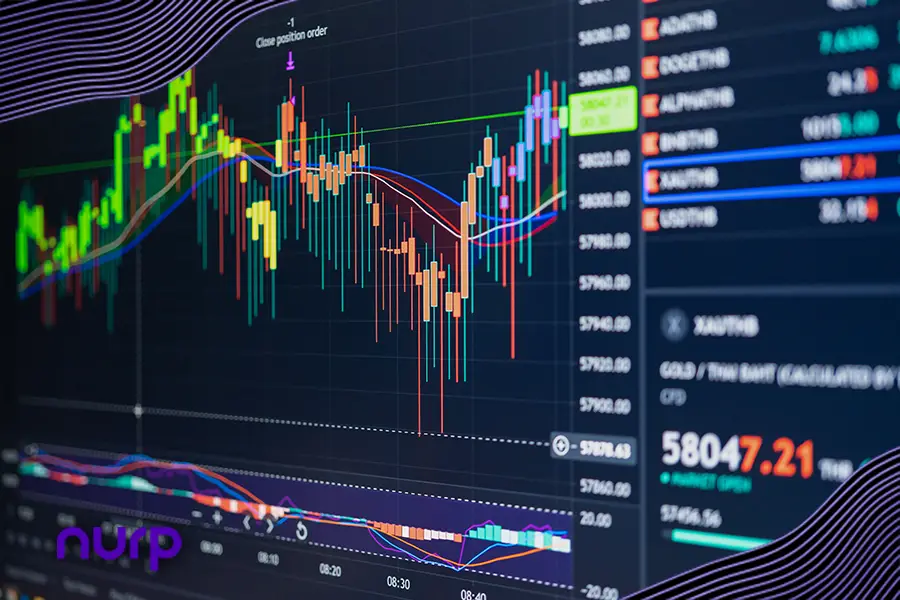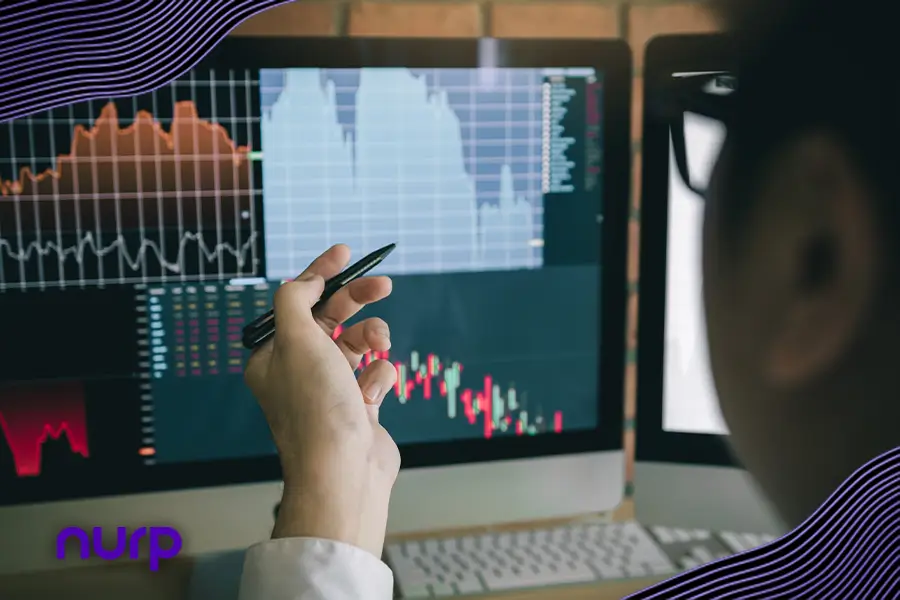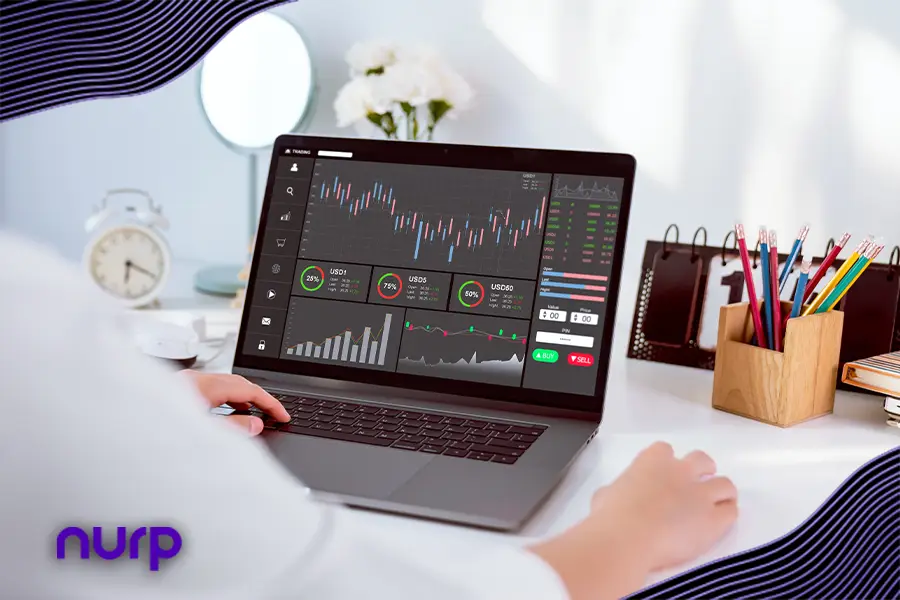Key Takeaways
Diversification, position sizing, and stop-loss orders are essential strategies for managing risk in quantitative trading.
Backtesting and stress testing help identify and mitigate potential weaknesses in trading strategies.
Regulatory compliance ensures fairness and transparency, protecting investors and maintaining market integrity.
Introduction
Quantitative trading, or “quant trading” as it’s often called, has changed the game in the financial markets. By using mathematical models and algorithms, quant traders can make decisions quickly and efficiently. But, like anything that promises big rewards, it also comes with its fair share of risks. Managing these risks is crucial for keeping investments safe and ensuring long-term success.
Read More: The Role of Data in Quantitative Trading
Understanding Risk in Quantitative Trading
Risk in quant trading comes in many flavors. There’s market risk, where the value of investments can drop due to market movements. Operational risk involves things going wrong with the trading systems, like software glitches or even something as simple as a power outage. And then there’s model risk, where the mathematical models might not predict market behavior accurately, leading to unexpected losses.
Key Risk Management Strategies
Diversification: Think of diversification as not putting all your eggs in one basket. By spreading investments across different assets, sectors, and regions, traders can lessen the impact if one investment tanks. For instance, if a particular stock plummets, other investments can help balance things out.
Position Sizing: This is about deciding how much to invest in each trade based on the overall portfolio and how much risk the trader is willing to take. Algorithms can help determine the perfect position size to balance potential gains against risks. This prevents overexposure to any single asset.
Stop-Loss Orders: A stop-loss order is like a safety net. It automatically sells a security when it hits a certain price, limiting potential losses. This tool is vital for quant traders to avoid holding onto losing positions for too long and watching their investments dwindle away.
Backtesting and Stress Testing: Before putting a trading strategy into action, quant traders use backtesting to see how it would have performed in the past. Stress testing is about applying extreme market conditions to the strategy to see how it holds up. These tests help traders spot weaknesses and tweak their strategies before risking real money.
The Importance of Regulatory Compliance
Quant trading firms have to play by the rules set by various regulators to ensure the markets remain fair and transparent. Regulations like MiFID II and SEC rules are in place to protect investors and build trust in the financial system. This means regular audits, keeping detailed records, and securing data to prevent unauthorized access.
Conclusion
Managing risk in quantitative trading is all about maintaining stability and achieving steady returns. Strategies like diversification, position sizing, stop-loss orders, and thorough testing help quant traders navigate complex financial markets more safely. While quant trading offers exciting opportunities, understanding and managing the risks is vital. Equally key is understanding that due to the inherent risks in trading, one should never invest money they cannot afford to lose.
The post Quantitative Trading Risk Management: Pro Tips Revealed first appeared on Nurp.com.






